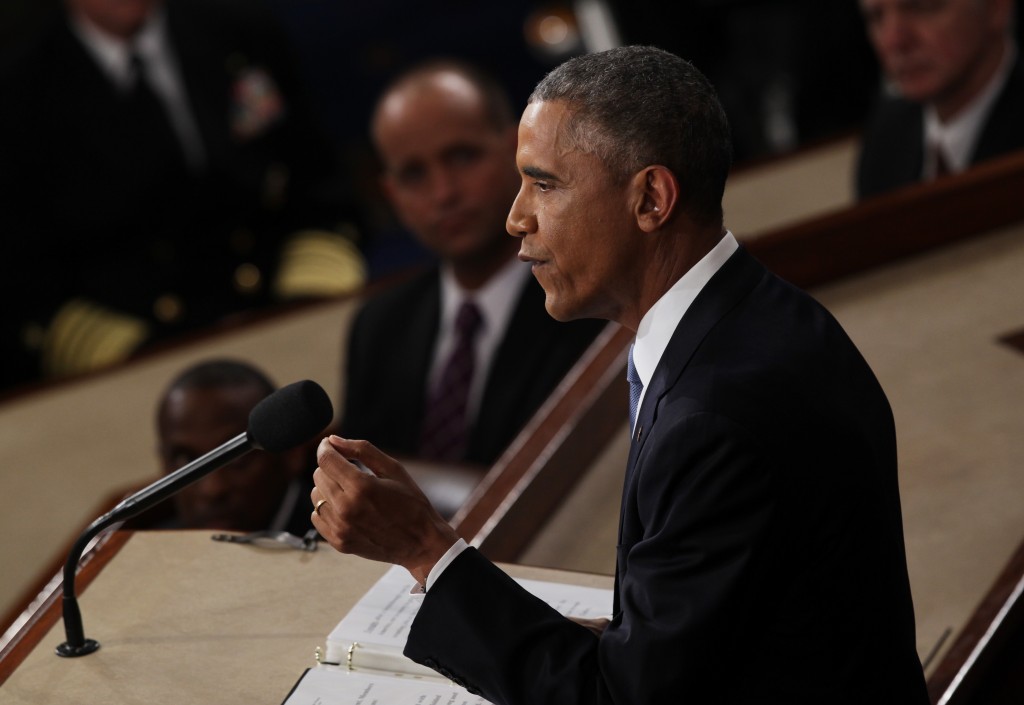Coal companies vowed to fight President Barack Obama’s new limits on climate-change pollution as details of the emission regulations emerged. [Bloomberg] NextEra Energy Partners have announced it will purchase NET Midstream, a privately held company that develops natural gas pipelines, for $2.1 billion. [Reuters] Stocks are decreasing as energy companies slide due to the continuing… Keep reading →
NextEra Energy
Energy News Roundup: CPP Targets Coal, NextEra Purchase New Pipeline & Energy Stocks Slump
By Conor O'SullivanSign up and get Breaking Energy news in your inbox.
We will never sell or share your information without your consent. See our privacy policy.
While the nation has been focused on new sources of natural gas and shale oil, few noticed the slow decline of an older energy source, nuclear power. Today, commercial nuclear power is struggling to stay in the game.
The power markets are hammering the nation’s nukes. Over a decade ago, several regions decided to create Regional Transmission Organizations (or Independent System Operators) and use the market to set power prices. Today, North America has ten independent RTOs/ISOs, where wholesale power is auctioned every few minutes. Keep reading →

A new plan for deep cuts in carbon emissions from US power plants is designed to help counteract climate change and reduce health risks but could also lead to more job cuts in the beleaguered coal industry.
The environmental group Natural Resources Defense Council recently issued the proposal that would use existing technologies to cut generators’ carbon pollution by 26 percent by 2020 and 34 percent by 2025, also reducing emissions of other pollutants such as sulfur dioxide and nitrogen oxides. Keep reading →
 Power prices are too low. That’s what utility executives believe. They need prices to increase for their generators to return healthy earnings. Otherwise, they will have to retire plants and exit the market.
Power prices are too low. That’s what utility executives believe. They need prices to increase for their generators to return healthy earnings. Otherwise, they will have to retire plants and exit the market.
Dominion Resources decided not to wait. They recently announced plans to retire their Wisconsin-based Kewaunee Nuclear Power Station 21 years early. Dominion concluded they would not be able to achieve any earnings for their 556-megawatt unit, they might even lose money and they could not find anyone to buy it. They had no choice but to shutter and decommission Kewaunee. Keep reading →

When it comes to energy and politics, the United States is not what it appears. Deregulation of the power markets is one example. Some regions of the nation have developed robust power markets. Others regions do not and they don’t want it.
The regionalization of the power markets means there is no such thing as a national grid. According to The ISO/RTO Council, the United States has seven formalized power markets and vast regions where no markets exist at all. Approximately two-thirds of US consumers are served by the seven deregulated power markets. The objective of these markets is to provide buyers and sellers price discovery, liquidity, and non-discriminatory access to wholesale power. Keep reading →

In the United States, utilities have been switching fuels for the power generators. While many commentators believe the motivation to switch is regulatory, the primary incentive is economics.
Of course, the Environmental protection Agency’s (EPA) new coal and coal-fired power plant rules influence a utility, but the markets are the primary driver behind utilities to seek fuel options. EPA’s rules are not the prime mover, at least not now. Keep reading →

With government incentives and long-term contracts, what is there not to like?
Billionaire investor Warren Buffet has turned into something of a sage. As a long-term value investor, his decisions are followed with great interest. So when MidAmerican Energy Holdings, the utility arm of Berkshire Hathaway, bought First Solar’s 550 MW Topaz Solar Farm Power Plant in San Luis Obispo, California for an undisclosed amount, everyone took note. Keep reading →

How the renewable energy industry copes with the loss of incentives this year will test its maturity and the success of the stimulus funding.
In many ways, the renewable energy industry is facing a pivotal moment as the 1603 grant program is set to expire this year, the $2.3 billion for the 48C advanced manufacturing tax credit has already been allocated and the Department of Energy has completed its work of handing out more than $36 billion in its loan guarantee program. Keep reading →

Who builds, owns and ultimately foots the bill for building transmission lines? US policy has long maintained that whoever benefits from transmission lines must help shoulder the costs.
But some claim that a June 2010 Federal Energy Regulatory Commission (FERC) proposal, which outlined pricing mechanisms for the construction of new transmission lines, defined “benefits” too loosely and that utilities, and ultimately their customers, are unfairly paying the price. Keep reading →

